Image Above: © Philip-Lorca diCorcia, Epiphany, 2009, Courtesy of the artist and David Zwirner, New York/London.
On Thursday, April 2, David Zwirner Gallery presented an exhibition of large-scale photographs from Philip-Lorca diCorcia’s ongoing East of Eden series. On view at 525 West 19th Street in New York, the exhibition marks the United States debut of the series, which was first shown in 2013 at David Zwirner, London.
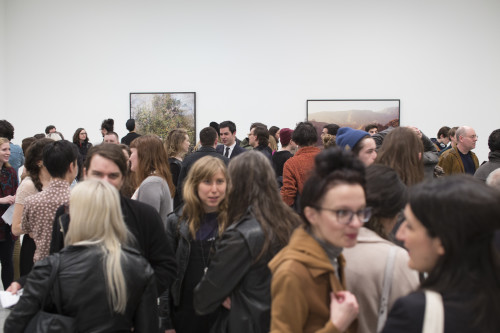
East of Eden, begun in 2008, takes as its source of inspiration the economic and political climate of the United States towards the end of the Bush era. Identifying a parallel between the financial collapse and the biblical Book of Genesis in terms of an “ensuing loss of innocence,” East of Eden consists of singular, at times disparate images of people and events after “the fall,” unified by a pervading sense of disillusionment. Its title further refers to John Steinbeck’s 1952 magnum opus, which echoes many of the themes in the Book of Genesis, such as the classic struggle between good and evil, the hunger for acceptance and greatness, the capacity for self-destruction, and especially guilt and redemption.
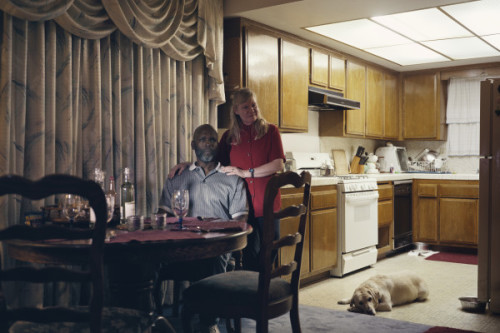 Philip-Lorca diCorcia Lynn and Shirley, 2008, Courtesy the artist and David Zwirner, New York/London.
Philip-Lorca diCorcia Lynn and Shirley, 2008, Courtesy the artist and David Zwirner, New York/London.
Whereas East of Eden incorporates more readily apparent symbolism than the artist’s previous series, the various sources are intricately weaved and layered, and the works’ referential ambiguity allows for open, wide-ranging interpretations. The exhibition includes Cain and Abel (2013), which portrays the biblical brothers as a gay couple, with arms wrapped around each other, while a nude pregnant woman, a modern-day Eve, watches over them. The men’s ambiguous gesture—are they embracing or fighting?—appears intensified by the red and blue colors of their respective shirts that hint at the existing divide in America between the political parties. Other photographs on view are Upstate (2009), where an apple tree slowly emerges from a tangle of surrounding foliage, and Abraham (2010), in which a red dart, balancing inches away from the face of a young man, evokes Abraham’s sacrificial offering of his son Isaac. In San Joaquin Valley, California (2008), two black vehicles, driving along a highway that stretches through a barren, unpopulated landscape, become metaphors for Adam and Eve’s expulsion from paradise.
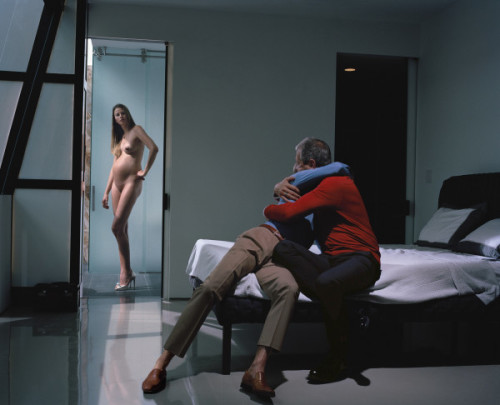 © Philip-Lorca diCorcia, Cain and Abel, 2013, Courtesy of the artist and David Zwirner, New York/London.
© Philip-Lorca diCorcia, Cain and Abel, 2013, Courtesy of the artist and David Zwirner, New York/London.
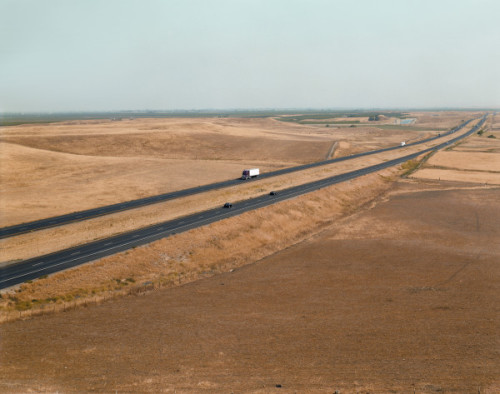 © Philip-Lorca diCorcia, San Joaquin Valley, California, 2008, Courtesy of the artist and David Zwirner, New York/London.
© Philip-Lorca diCorcia, San Joaquin Valley, California, 2008, Courtesy of the artist and David Zwirner, New York/London.
In the new work Genesis (2015), a young boy jumps on a bed, clutching a doll in his hands, with another one tucked into the sheets. It stands as an example of the psychologically charged domestic interiors belonging to the series. In addition, Iolanda (2011) depicts an elderly woman seated on a bed staring at her reflection in the window of a high-rise building that overlooks the New York Harbor. Deep contrasts between light and shadow are used in both works to heighten the perceived drama and danger. While Genesis suggests the beginning, or perhaps the moment before the loss of innocence, Iolanda represents “the end of someone’s life,” according to the artist.
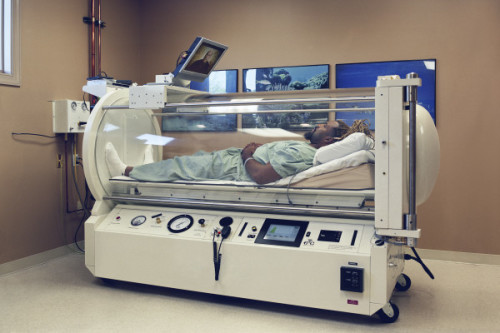 © Philip-Lorca diCorcia, Mr. Briggs, 2007-2008, Courtesy of the artist and David Zwirner, New York/London.
© Philip-Lorca diCorcia, Mr. Briggs, 2007-2008, Courtesy of the artist and David Zwirner, New York/London.
Part of the series engages with idealized depictions of American city- and landscapes, several photographs of which were taken in California, the primary setting for Steinbeck’s book. In Sylmar, California (2008), a man is seen riding on horseback in what at first appears to be a romantic vision of the American West; yet, closer viewing shows the region has been ravaged by wildfires. Another new work, The Palace (2015), captures the motion blur of a passing bus in downtown Los Angeles. Through its window appears a blonde woman illuminated by the brightly colored neon lights of The Palace Theatre. Here, further inspection reveals the theatre’s marquee to be blank, with no forthcoming attractions, transforming it into a post-apocalyptic scene of a city once considered the entertainment capital of the world. These subtle shifts in perception are indicative of diCorcia’s interest in conveying multilayered atmospheres, in which beauty and destruction, presence and absence, fact and fiction are ambiguously and simultaneously shown.
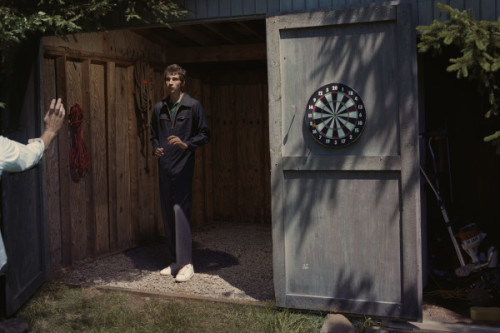 © Philip-Lorca diCorciaAbraham, 2010 Courtesy the artist and David Zwirner, New York/London.
© Philip-Lorca diCorciaAbraham, 2010 Courtesy the artist and David Zwirner, New York/London.


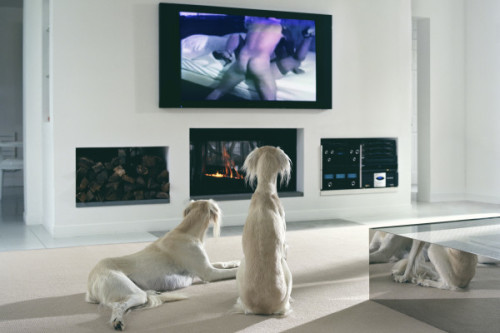 ©Philip-Lorca diCorcia The Hamptons, 2008 Courtesy the artist and David Zwirner, New York/London.
©Philip-Lorca diCorcia The Hamptons, 2008 Courtesy the artist and David Zwirner, New York/London.
